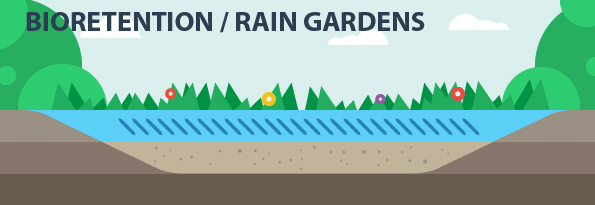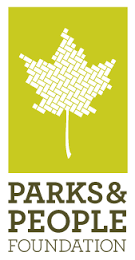Baltimore Community Toolbank Cisterns and Planters

Parts of the Chesapeake Bay watershed contain a high percentage of impervious cover – paved or other hard surfaces such as roofs and roadways that prevent rain water from being absorbed into the ground. Instead, water runs along these surfaces, collecting trash and substances such as motor oil, lawn fertilizers, and pesticides. This polluted stormwater flows into streams and rivers, where it threatens aquatic ecosystems and public health.
Effective stormwater management, on the other hand, creates safe paths for polluted runoff to be captured and filtered through the ground before it reaches waterways. This helps keep the environment clean and our communities healthy!

Project location: Baltimore, MD
Problem: In an industrial section of Baltimore, heavy volumes of stormwater flowed from rooftops into storm drains, delivering polluted runoff to Inner Harbor during each rainfall.
Solution: Baltimore Community Toolbank, a nonprofit that offers low-cost tool and equipment rentals to community groups, occupies a large facility in this neighborhood. Community Toolbank decided to transform the building’s stormwater problem into an opportunity. Large cisterns were installed to capture runoff from the rear of the roof, where the water is stored and then used to clean tools that have been loaned through Community Toolbank’s program. On the front of the building, roof rainwater was routed to two, above-ground bioretention planters, which filter the water before sending it to storm drains. The raised planters also provide seating for visitors; habitat for birds, bats, and pollinators; and natural beauty in an otherwise industrial area.
Scale: Runoff from a 12,000 square foot roof
Funding sources: MD Department of Natural Resources’ Chesapeake and Atlantic Coastal Bays Trust Fund through the Parks and People Foundation
More information: https://bmorecommunitytoolbank.wordpress.com/rain-garden-2/




